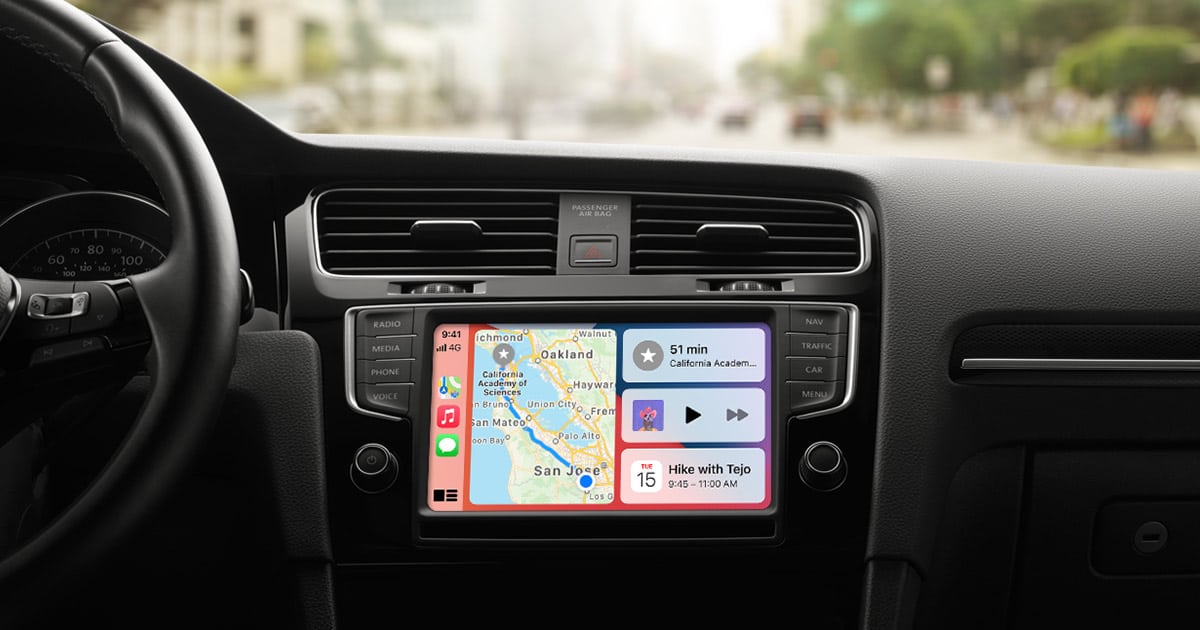The Real Reason Tesla Doesn’t Support Apple CarPlay
As Tesla continues to dominate the electric vehicle market, a frequently asked question remains: Why doesn’t Tesla support Apple CarPlay? The answer lies in Tesla’s unique approach to software development and the unparalleled user experience they aim to offer.
Tesla’s Proprietary Infotainment System
One of the main reasons Tesla doesn’t integrate Apple CarPlay into their vehicles is because of their proprietary infotainment system. Developed in-house, Tesla’s software is designed to offer a seamless and highly intuitive user experience. It includes a multitude of features that outshine those available through Apple CarPlay.
Key Features of Tesla’s Infotainment System
Tesla’s infotainment system offers a range of functionalities, including navigation, media streaming, and car controls. Furthermore, Tesla frequently updates its software over-the-air, introducing new features and improvements without the need for manual updates. This approach ensures that Tesla owners always have access to the latest technology and functionalities.
The Limitations of Apple CarPlay
While Apple CarPlay is popular among drivers, it primarily serves as a bridge for integrating an iPhone with a car’s infotainment system. This can be incredibly useful in vehicles with outdated or less sophisticated systems. However, for a high-tech vehicle like a Tesla, which already boasts advanced features, the addition of Apple CarPlay offers limited value.
User Experience and Integration
Tesla’s decision to forego Apple CarPlay is also influenced by their commitment to an exceptional user experience. The Tesla interface is tailored to function seamlessly with all aspects of the vehicle, from touchscreens to voice commands. Introducing CarPlay could complicate this well-integrated system, potentially detracting from the streamlined experience that Tesla aims to provide.
Over-The-Air (OTA) Updates
Another significant advantage of Tesla’s in-house software is the ability to provide over-the-air (OTA) updates. These updates can enhance functionality, fix bugs, and introduce new features, ensuring that the user experience continues to improve over time. This is a major selling point for Tesla owners, who benefit from a constantly evolving technological landscape within their vehicles.
Customer Feedback and Market Strategy
Interestingly, despite the lack of Apple CarPlay, Tesla owners generally report high satisfaction with their infotainment systems. This feedback supports Tesla’s strategy of focusing on their proprietary software, which they believe offers a superior user experience compared to third-party integrations like CarPlay.
The Future of Tesla’s Infotainment
Looking ahead, Tesla is expected to continue enhancing their infotainment system, leveraging emerging technologies such as artificial intelligence and augmented reality. These innovations will likely further distinguish Tesla from competitors and ensure they remain at the cutting edge of automotive technology.
In conclusion, Tesla’s decision not to support Apple CarPlay is driven by their desire to offer a robust, integrated, and constantly improving user experience. With their proprietary infotainment system setting the industry standard, Tesla demonstrates that they don’t need external software to deliver exceptional value to their customers.

Those are valid points, but the reason is likely also related to economics, as users with access to CarPlay are more likely to decide their Premium subscription isn’t worth it once Spotify is no longer included in the subscription by December 2024. Google Maps can show satellite images and traffic just fine.
It is possible to use navigation and remote control your Tesla without a Premium subscription, although without camera access. This means that Tesla will have to pay for a low data usage SIM card subscription while customers are not paying for it, hence only Premium customers can cover that cost. Therefore, Tesla would want to retain Premium subscribers including artificially removing features that are perfectly possible to run given a Wi-Fi hotspot, like satellite images and traffic data.